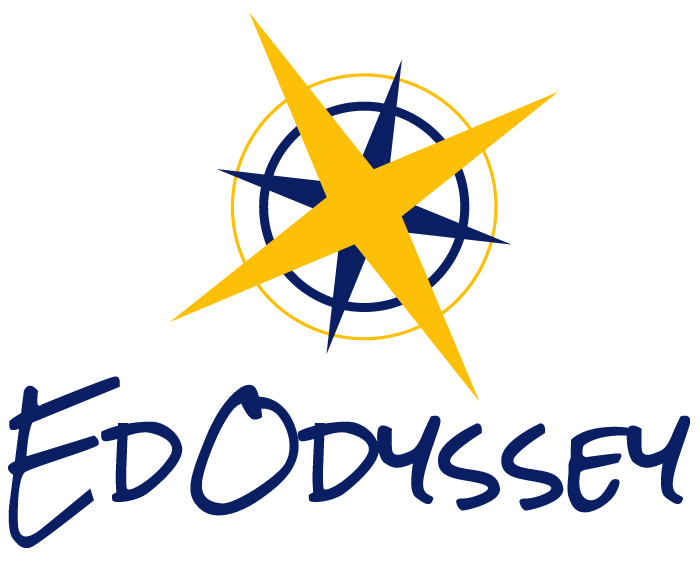Blog
Black History Month: The Importance of American Black Leadership in the World
February is Black History Month, and to celebrate it, you’ll learn about how travel experiences abroad have influenced and made an impact on the lives of American black leaders.
What Makes Berlin Different
Berlin is known for its inspiring street art and delectable foodie scene. As a city with tremendous historical turbulence, its history and art alone, is worth learning about in person. A visit to Berlin is bound to be an incredible experience, filled with gorgeous sights and intriguing architecture, it’s likely you’ll be captivated by its charming ambiance and culture.
Search previous blogs here.


